Four Ways Training With A Power Meter Rocks
Need to up your cycling game? Training with a power meter will ramp up your speed, efficiency and fun on the bike.
A power meter is a big investment, but there are few cycling accessories that will give you a better return: knowing, for certain, how strong or weak you are across your cycling spectrum allows you to improve weaknesses, smash your strengths and manage your training output like never before.
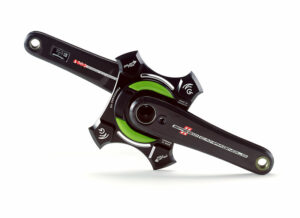
What’s a power meter?
Most power meters use a strain gauge to measures torque combined with velocity to calculate your power in watts. Remember school? P=F x v, or power equals force times velocity. The force is how hard you push the pedal and the velocity is how fast you are spinning.
The most reliable power measurement usually involves a chainring, spider or crankarm-based setup, like the power2max NGeco unit we reviewed last year (read all about it here) There are also pedal-based systems, like the sublime Favero Assioma, which offer the rider flexibility without the schlep of changing cranksets every time they change to a different bike. There are still hub and BB-based units on the market, but the real reliability comes through the cranks or the pedals… and without reliability, power measurement is pretty pointless.
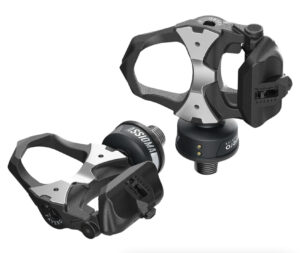
How do you see this important data? Real-time, as you ride, on the head unit of your choice and most smart watches – most units use ANT+ and bluetooth – and after the ride in any one of the myriad analytic software options available. The power2max Support Team recommends Golden Cheetah or WKO+ for a local analysis on your computer, but you also get basic metrics through Strava.
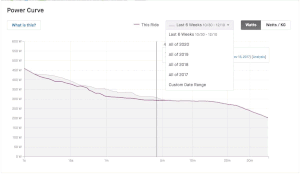
Strengths and weaknesses
Training with a power meter lets you objectively understand your individual strengths and weaknesses. If you are a triathlete or enjoy solo attacks and time trials, you might be looking for sustainable 20, 30 and 60 minute power values, whereas a sprinter will use it to focus on far shorter bursts, and maybe even torque over power. Your power meter will help you find your weaknesses, for your particular discipline or event, and in turn let you build training programmes around improving those.
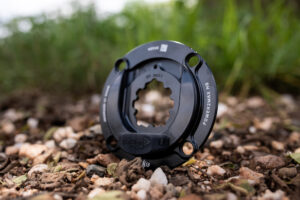
Power data can also show you other areas for cycling improvement: you might see that you may be stronger when you ride a lower cadence, or that you climb best when you stay seated and have a high cadence, and now you can know for sure with actual data rather than just feel. Perfect for race tactics and finding events that suit your riding style.
Metrics
Watts are an incredibly accurate way to measure your effort since they show the actual workload your body is putting out versus heart rate, which is measure of your body’s response to the workload. Watts respond instantly to effort, too, while heart rate takes time to respond; if you are doing zone-5 intervals, for example , the instant you stop pedalling, you are no longer developing power, but your heart rate will take some time to come down, so it would show time in zone 5 when you were actually freewheeling.
Training zones are also more accurate when you use power. A 20 minute FTP test will show you the number of watts you can maximally push for 60 minutes (only the pros can do a 60-minute test, for mere mortals 20 minutes is already a stretch!). With an accurate FTP, your power zones can be used to train and race for maximise your results.
Ride less, get faster
Training with a power meter lets you optimise your training time with targeted workouts that are specific to your individual needs. You can build low-hours/high-efficiency training programmes that are devoid of the dreaded junk miles (just don’t forget the joy of that long, ‘pointless’ ride every now and then to keep cycling fun), and by tracking changes through your analytics software, workouts can be incrementally adapted to fitness changes.
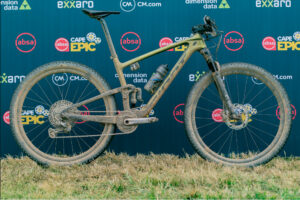
Trust the process
A power meter is going to show the watts being generated whether it is windy, hilly, raining or hot. Unlike using speed as a metric, it is consistent to effort. For long-distance races, Ironman events and the like, where pacing is critical, a power meter will help you manage trying conditions. You might have to trust the process a little – watch the power values into the South Easter, not the speed – but watts, ultimately, don’t lie and if you manage them wisely, you won’t blow up. And probably catch all the speed-merchants who hammered early…
Power meter training – just do it!
A power meter is a cracking tool for every cyclist and triathlete. It teaches you how to ride stronger, more consistently and allows for tracking, planning and training with specific focus on your unique needs and goals. Head over to Bicycle Power Trading and find a power meter that will work for you.
READ MORE ON: measure everyting metrics power meter power pedals training training with power



